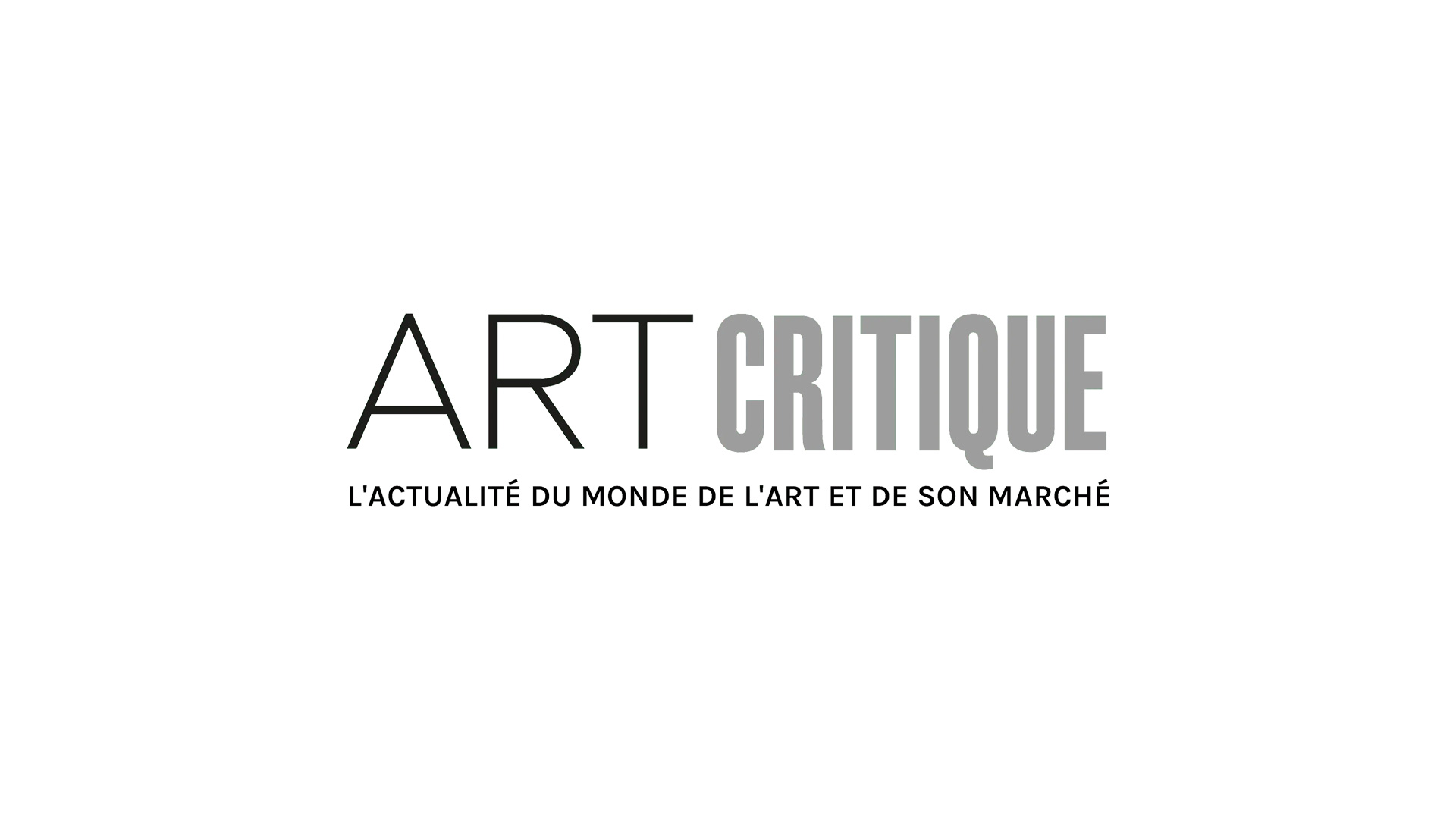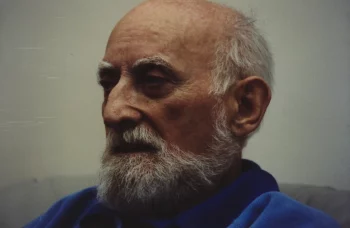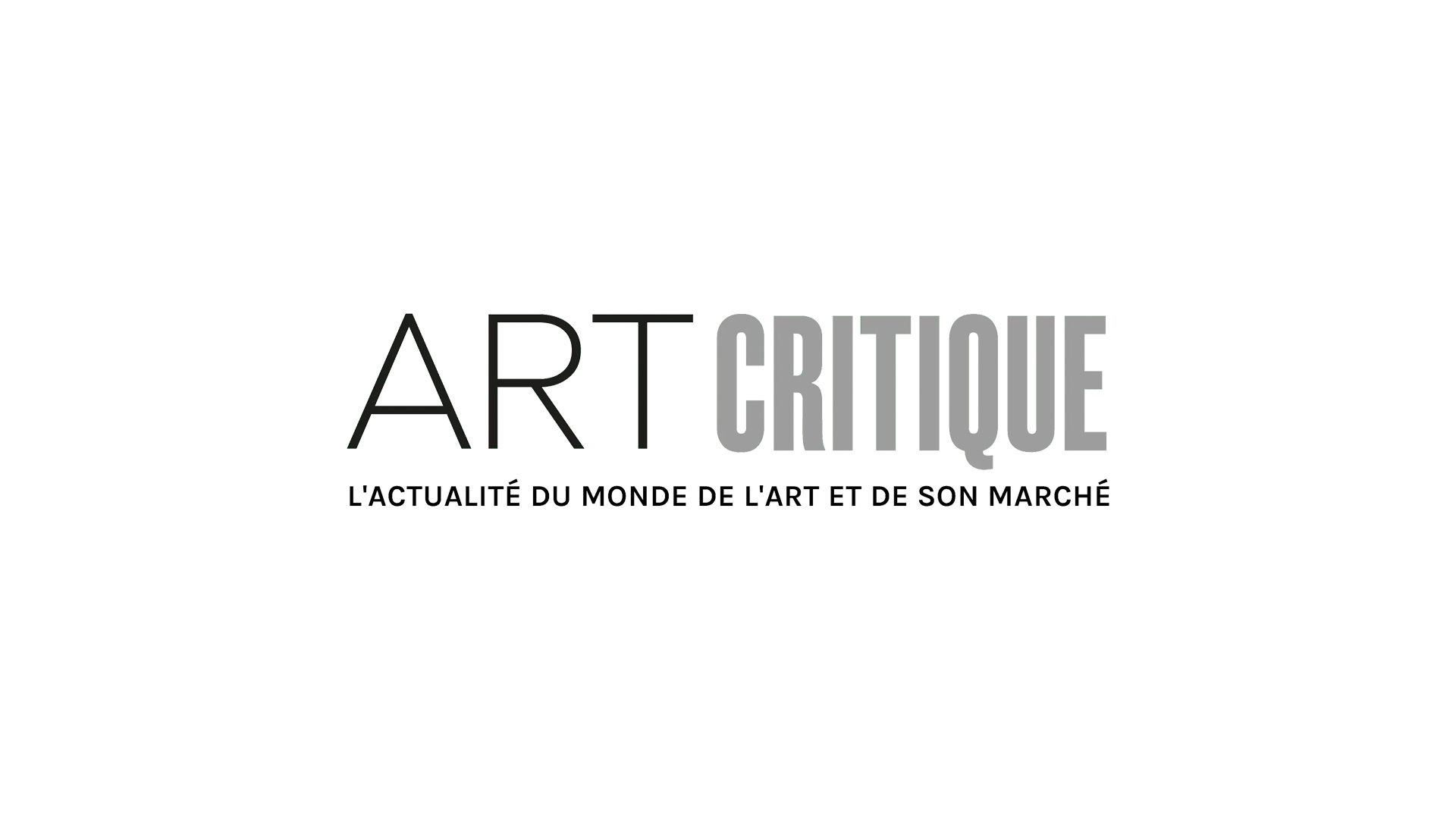The Virgin of the Rocks is one of the London National Portrait Gallery’s most-visited paintings. Leonardo da Vinci painted the scene of the Virgin Mary with the infant Christ twice, the earlier version, dating from around 1483-1486, belongs to the Louvre, and the National Portrait Gallery’s c. 1491-1508 version was part of the St Francesco Altarpiece in Milan. Its stunning detail is thought to allude to the Immaculate Conception but recent studies have revealed more to the story and it also reveals a little more about da Vinci, himself.

After more extensive scientific research, the National Portrait Gallery (NPG) has discovered two entire under-drawings beneath the surface of the painting. The interesting thing was, though, that what the research revealed underneath the paint was not a drawing for the painting we see but earlier sketches that da Vinci did of the same painting. So, just like any of us, da Vinci couldn’t quite make up his mind at first.
The painting we see shows Mary, clad in a blue gown, not enthroned in heaven but kneeling with her right arm around St John the Baptist as an infant who is clasping his hands in a gesture of prayer towards the infant Christ. To the right of the painting, Mary’s left-hand hovers over Christ’s head as he blesses St John the Baptist in return. An angel sat behind Christ points towards St John the Baptist and looks onto the scene. What the NPG’s research shows is a closer, tighter composition. St John the Baptist is not present and the angel now holds the Christ child while Mary looks onto them both. In the second drawing, Christ’s head shifts to a different angle.
This isn’t the first time that researchers noticed the under drawings; they were first noted in 2004. At that time, research showed that at some point, da Vinci has altered the angle of Mary’s head, but this was chalked up to an earlier attempt at the same painting. The most recent findings show that da Vinci didn’t merely tweak some details but he completely changed the painting.
Using cutting-edge techniques researchers spent months working on the painting revealing the first takes of da Vinci’s masterpiece. Da Vinci used a zinc-based pigment to create the under drawings, which was able to be detected by macro x-ray fluorescence maps. After being x-rayed, the work was analysed with hyperspectral imaging. While the under-drawings have been fully documented, there is no explanation as to why da Vinci changed his original work, and that might always remain a mystery.
The NPG’s announcement of this new information comes just weeks before the opening of ‘Leonardo: Experience a Masterpiece,’ which opens November 9th. The exhibition will celebrate the 500th anniversary of the artist’s death and will be presented by 59 Production, the same group responsible for the video design from the 2012 London Olympics Opening Ceremony.
‘This is an exciting opportunity,’ said Dr Carline Campbell, NPG director of collections and research, ‘to not only share our innovative findings, but also to invite the public to explore and engage with what we have found.’





